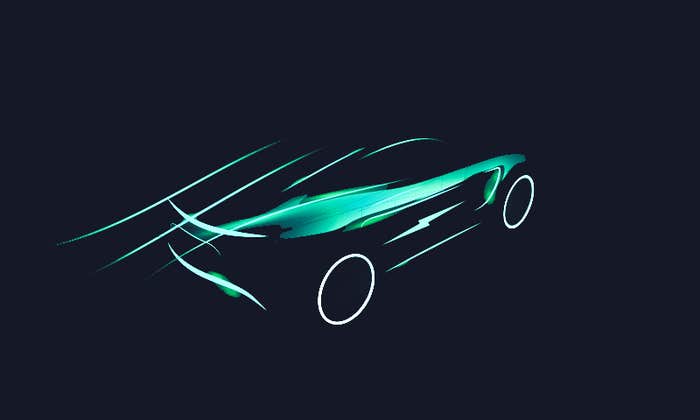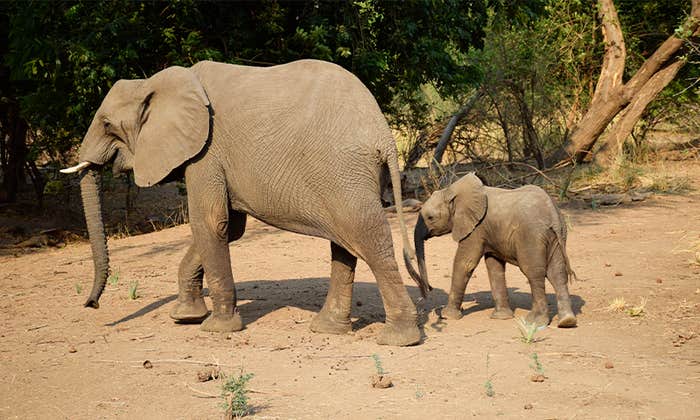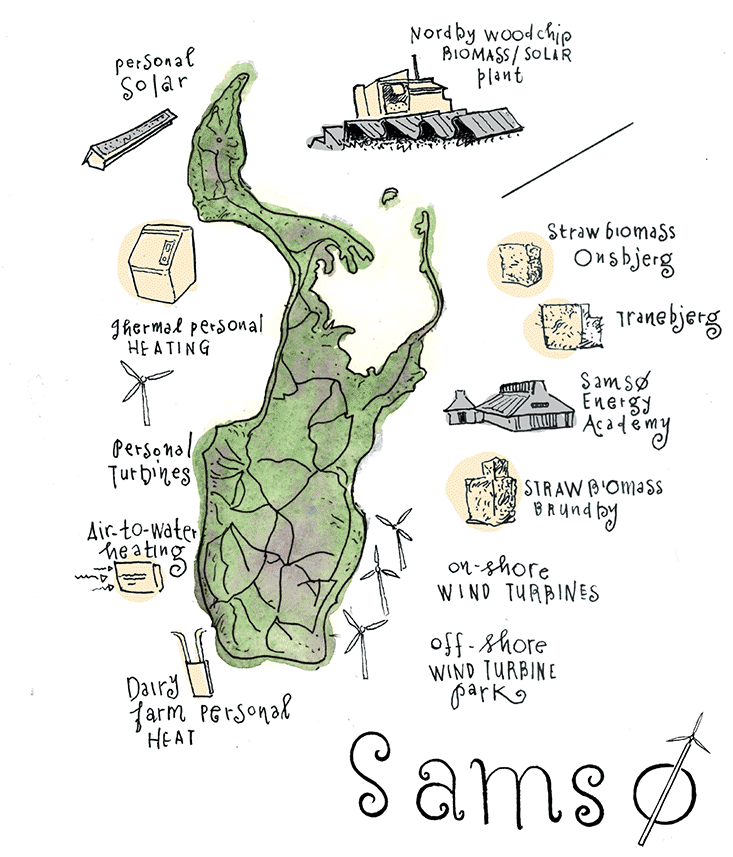
The story began with Svend Auken, our brave Minister for the Environment,” says Soren Hermansen, who runs the Energy Academy on the Danish island of Samsø, an emerald comma in the Kattegat Sea. “When he returned from the United Nations climate change conference in 1997, he announced, ‘Now we need to start the green revolution in Denmark.’ That was very brave and very crazy.”
To get people excited about the idea, Auken set up a competition between municipalities for the best plan for going carbon-neutral in 10 years. When Samsø won, it became Denmark’s “renewable-energy island.” Hermansen, then a teacher, rock musician, and self-described rabble-rouser, took it upon himself to see that his native island lived up to its new name.
He brought consultants—and beer—to community meetings to try to convince his neighbors, many of them conservative farmers, to take up the cause. But the consultants weren’t getting through. So Hermansen sent them home. “Instead of telling people what they should do, I had to address the fear of change.” He told them that renewable technologies—wind turbines, solar arrays, biomass plants—would bring jobs and, better yet, money. Through subsidies, the government guaranteed a stable price for wind-generated power for 10 years, meaning investors could recoup their costs after seven or eight and start making a healthy profit.
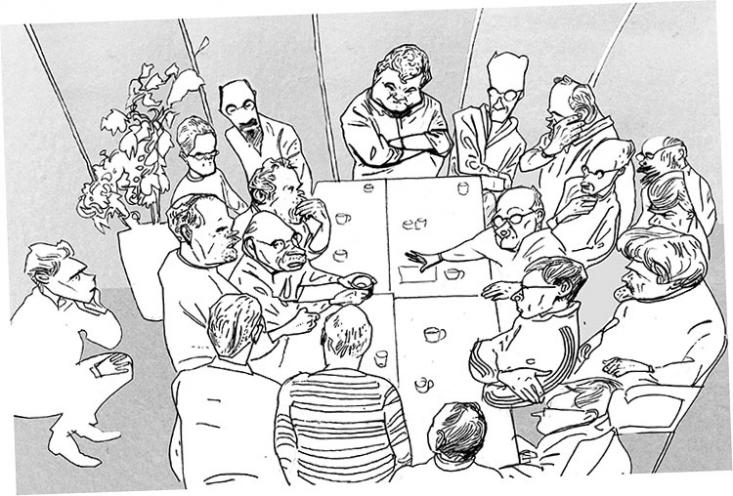
That perked up their ears. Meeting by meeting, Samsingers—farmers, plumbers, schoolteachers, grocers—began to band together behind the project. When it finally got off the ground in the late 1990s, Samsø was putting 11 tons of carbon dioxide into the atmosphere every year. But by 2001, residents had cut their fossil fuel use by half. In 2003, they began exporting electricity to the mainland. Today the island produces from renewable sources 25 percent more energy than it consumes.
What makes Samsø’s story so remarkable, however, isn’t this fast transformation from carbon polluter to renewable-energy producer. It’s how it happened: Samsø owes its success not to a collective environmental idealism, but to its residents’ brass-tacks business sense.
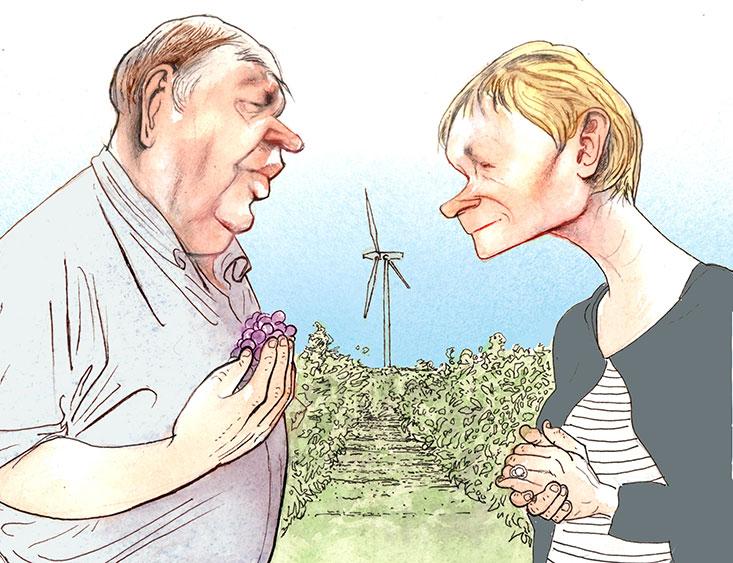
 “The wind always blows here,” a grain farmer on Samsø told me. The steady resource allows the island to generate around 105 million kilowatt-hours per year with 11 land turbines, 10 offshore ones, and a smattering of micro-models. Residents use only about 24 percent of this electricity. They sell the rest.
“The wind always blows here,” a grain farmer on Samsø told me. The steady resource allows the island to generate around 105 million kilowatt-hours per year with 11 land turbines, 10 offshore ones, and a smattering of micro-models. Residents use only about 24 percent of this electricity. They sell the rest.
Ole Kaempe, a teacher on the island, and his wife Hedvig Hauge can see the turbine in which they invested from their farmhouse, whirring away beyond their vineyard. “Two of the wind turbines were offered to everybody; you could buy shares,” Kaempe says. “There was a lottery because too many people wanted in.”
Listening to the low drone of his turbine now, he says, he hears the “music” of income.
Two decades ago, most Samsingers heated their homes with oil hauled in on tankers. Then Hermansen and others got together and calculated that residents could save up to 50 percent on their heating bills if they replaced their furnaces with pumps that drew hot water, through underground pipes, from district heating plants.
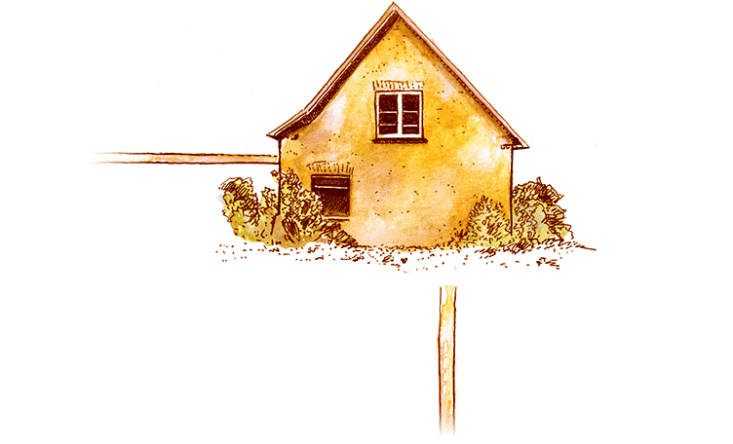

Arne Jensen runs three plants fueled by straw bales, which he buys from local farmers. (A fourth plant burns wood chips.) “It takes two and a half kilos of this stuff to replace one kilo of oil,” he says. “This plant processes 1,600 tons a year. If they replaced that with oil, they would have to spend 20 million Danish krones [about $2.9 million], five times as much. That would be 20 million going out of the community. Instead, the money stays here.”
The process is also, more or less, carbon neutral. The CO2 released during burning simply displaces the carbon that would have entered the atmosphere naturally, as the straw decomposed. Even the ash is repurposed as fertilizer.
Samsø Golfklub, tucked in the island’s northeast corner, is a kind of microcosmic showcase of the community’s embracement of sustainability. The club’s carts and mowers are solar-powered, and golfers carry hand-held weeders so they can do spot maintenance as they play.
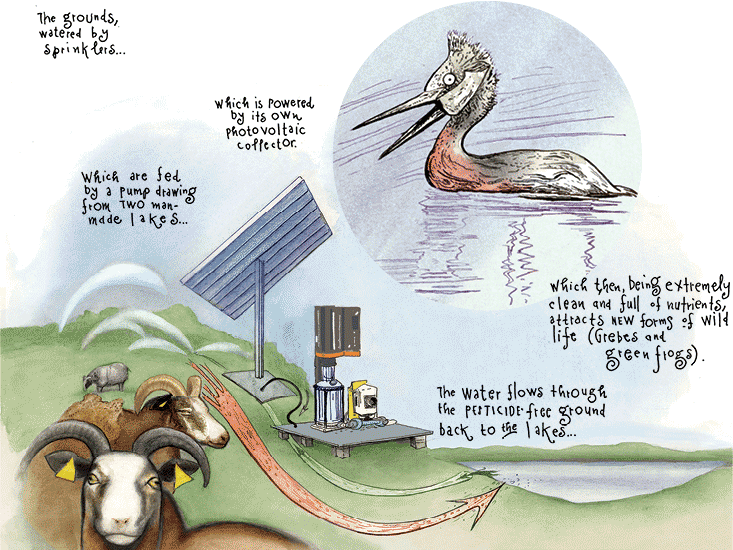
Meanwhile, sheep graze the course’s organically grown greens, fertilizing them and keeping them tidy. They are an ancient Scandinavian breed that doesn’t require shearing. Instead, they shed their wool, and employees pick it off the course. At club parties, members dine on lamb from the herd.
Some residents have found ways to draw cheap energy from unusual sources. Kasten Christiansen, a dairy farmer, warms his home with the milk from his cows. “We have 2,000 liters of milk we have to chill every day from 37 to 4 degrees Celsius for storage and delivery. It comes here to this cooler, and the heat pump takes the difference in temperature between the warm milk and the refrigerant and makes the heat for the house. We’ve got pipes in the ground as well, in case we don’t have enough from the milk. In the winter when it gets below zero, we need the ground heat. In the spring, summer, and fall, there’s enough from the milk alone.”

Not everyone is happy with how things have shaken out. Jørgen Tranberg, a beef rancher on Samsø, owns two wind turbines—one on shore, one off—and a 6-kilowatt solar system. He warms his home with geothermal heat and sells straw to the district biomass plants. “I have spent 28 million Danish krone [$4 million] in energy, and that you don’t do just for fun. I was just a simple farmer!”
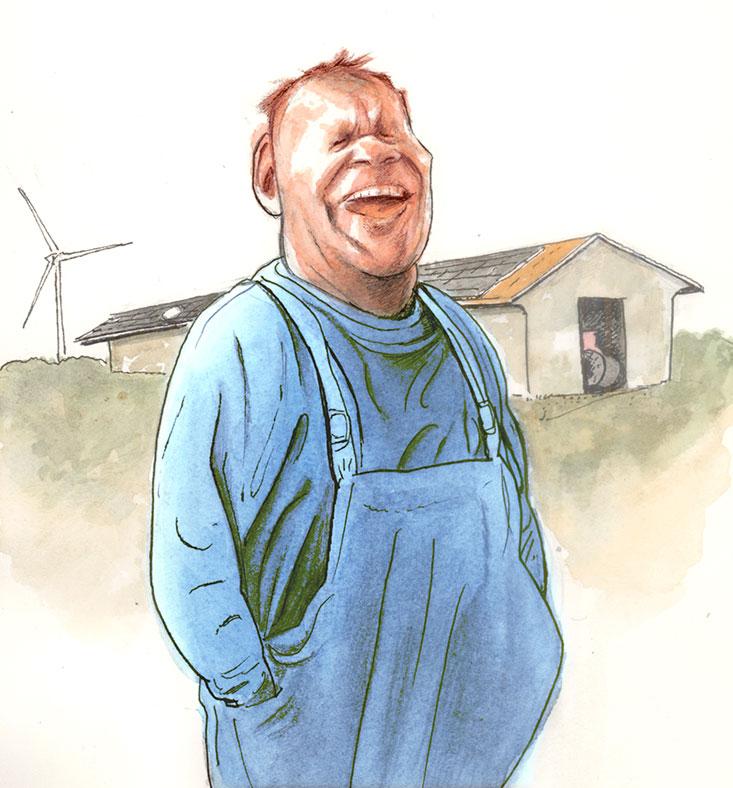
For 10 years, he profited handsomely. But then his wind subsidies expired, and the government began erecting giant offshore turbine farms, increasing Denmark’s electricity supply and thereby driving down prices. “Right now, nothing is worth investing in!”
Michael Kristensen, a project manager at Samsø’s Energy Academy, believes Samsingers can lessen the loss from falling wind-energy prices by creating more demand. “In the windy winter season, we actually sometimes pay to export electricity to our neighbor countries,” he says. “We could use this energy in electric vehicles, for making biogas for the ferry, and in the district heating plants.”
To stay true to its title of “renewable-energy island,” however, Samsø may need more help from the government. The island’s turbines are getting old and in desperate need of maintenance, but with electricity prices so low, residents like Tranberg are hesitant to buy replacement parts. Without incentives such as subsidies, Kristensen says, “there is a real threat that if an old turbine breaks down, it will be torn down instead of repaired.”
But if the Samsø model can endure anywhere, it will be in places like Denmark, where tariffs on fossil fuels are driving investment in alternatives, says Jesper Kristensen, a development manager at the Energy Academy. “You can say that we have a good model here for the rest of the world.”
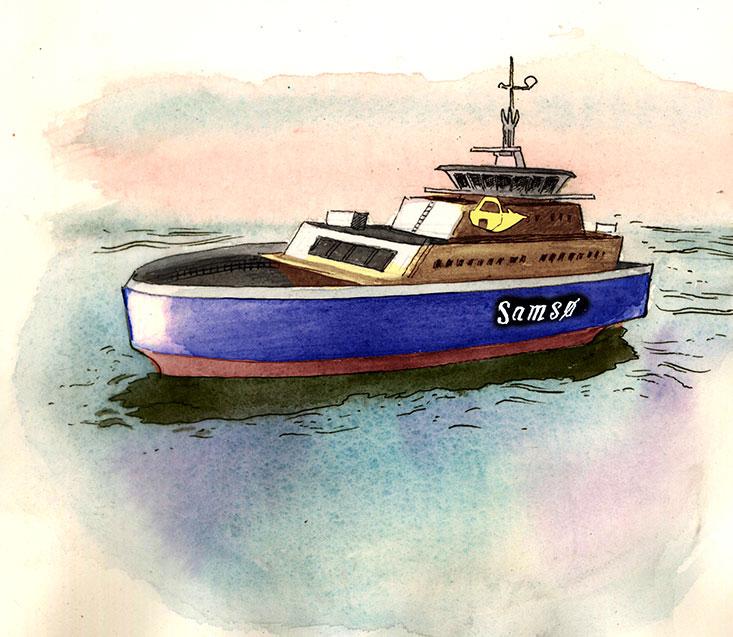
Steve Brodner is an illustrator and journalist. He has created visual essays for The New Yorker, The New York Times, Texas Monthly, and Esquire, among other publications. He is currently at work on a book about the United States presidents.
This piece was reported with help from Erik Petri and Cynthia Rose.





















